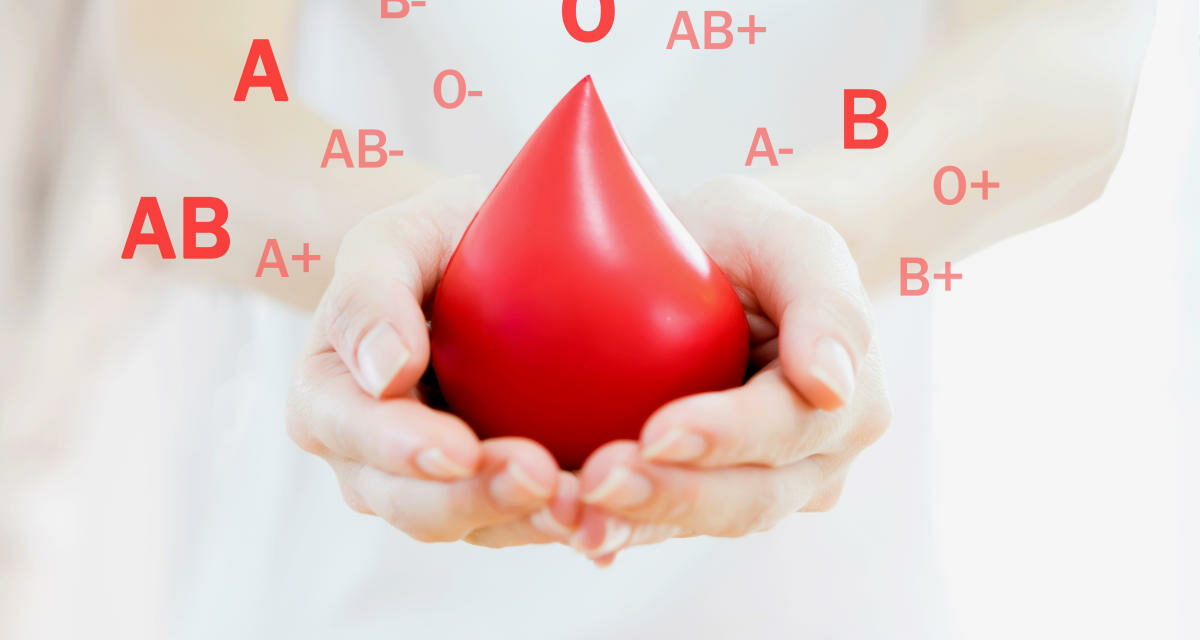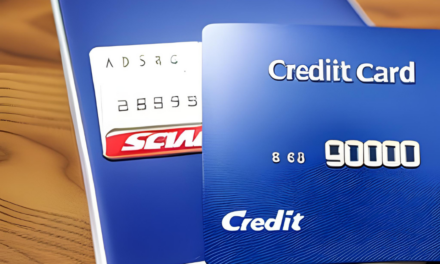Cord blood banking is the process of collecting and storing the blood from the umbilical cord and placenta of a newborn baby. This blood contains stem cells that can be used to treat various diseases and conditions, such as leukemia, lymphoma, sickle cell anemia, and immune disorders.
There are two types of cord blood banking: public and private. Public cord blood banking is free and involves donating the cord blood to a public bank that can be accessed by anyone who needs a stem cell transplant. Private cord blood banking involves paying a fee to store the cord blood for exclusive use by the baby or their family members.
The cost of cord blood banking varies depending on the type of bank, the services offered, and the location. According to some sources, the average costs are as follows:
- Public cord blood banking: Free
- Private cord blood banking: $1,500 to $2,000 for initial processing fees and $100 to $300 for annual storage fees¹⁴
- Private cord blood and cord lining banking: As low as ₹6490 (about $87) for initial payment and ₹9990 (about $134) for annual storage fees²
Some factors that may affect the cost of cord blood banking include:
- The quality and quantity of the cord blood collected
- The type and number of tests performed on the cord blood
- The method and duration of storage
- The availability of discounts, promotions, or payment plans
- The coverage of insurance or government programs
Some benefits of cord blood banking include:
- Providing a potential source of stem cells for treating diseases and conditions
- Offering a higher chance of finding a match for stem cell transplants within the family
- Preserving the genetic diversity of stem cells
- Reducing the risk of graft-versus-host disease or rejection
- Supporting research and innovation in regenerative medicine
Some drawbacks of cord blood banking include:
- The high cost of private banking
- The limited amount and types of stem cells in cord blood
- The uncertainty of future use or need
- The possibility of sample contamination, damage, or loss
- The ethical and legal issues involved in ownership and consent
Cord blood banking is a personal decision that should be made after weighing the pros and cons, consulting with medical professionals, and comparing different options. It is important to do thorough research and ask questions before choosing a cord blood bank.
There are two types of cord blood banking: public and private. Public cord blood banks are free to use, but the chances of finding a match for your child are lower. Private cord blood banks store your child’s cord blood for their personal use, but they can be expensive.
The cost of private cord blood banking varies depending on the bank, the type of service you choose, and the length of time you want to store your child’s cord blood. In general, you can expect to pay between $1,300 and $2,300 for the initial collection, testing, and processing fees. You will also pay an annual storage fee, which is typically between $100 and $175.
Here is a breakdown of the typical costs associated with private cord blood banking:
- Collection and processing fees: $1,300 to $2,300
- Annual storage fees: $100 to $175
- Testing fees: Varies depending on the bank
- Shipping fees: Varies depending on the bank
It is important to note that these are just estimates, and the actual cost of cord blood banking may vary. You should contact a few different banks to get quotes and compare their services.
Is cord blood banking worth the cost?
The decision of whether or not to bank your child’s cord blood is a personal one. There are a number of factors to consider, including the cost, the potential benefits, and your own individual circumstances.
The potential benefits of cord blood banking include:
- The ability to treat your child with their own stem cells if they develop a disease that can be treated with stem cell therapy.
- The ability to donate your child’s cord blood to a public bank, which could help save the life of another child.
The cost of cord blood banking is a significant factor to consider. As mentioned above, the cost can range from $1,300 to $2,300 for the initial collection, testing, and processing fees. You will also pay an annual storage fee, which is typically between $100 and $175.
If you decide to bank your child’s cord blood, you should also consider the potential benefits and risks of stem cell therapy. Stem cell therapy is a relatively new treatment, and there is still some uncertainty about its long-term effectiveness. However, stem cell therapy has the potential to be a life-saving treatment for some diseases.
Ultimately, the decision of whether or not to bank your child’s cord blood is a personal one. You should weigh the costs and benefits carefully and make the decision that is best for your family.
Here are some additional things to consider when making your decision:
- Your child’s health history. If your child has a family history of a disease that can be treated with stem cell therapy, you may be more likely to want to bank their cord blood.
- Your insurance coverage. Some insurance companies will cover the cost of cord blood banking, so you may want to check with your insurer before making a decision.
- Your personal preferences. Some people feel strongly about banking their child’s cord blood, while others do not. Ultimately, the decision is up to you.
If you are considering cord blood banking, I recommend that you do your research and talk to your doctor. They can help you understand the costs, benefits, and risks of cord blood banking so that you can make an informed decision.




